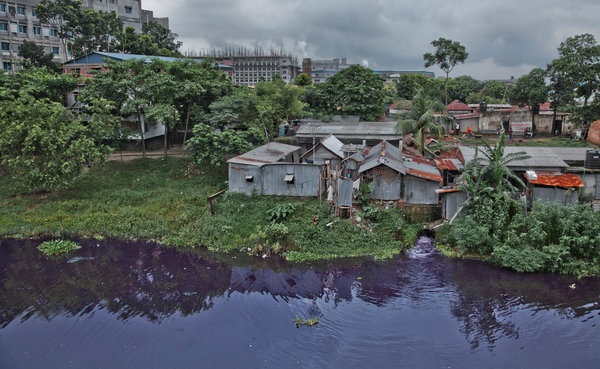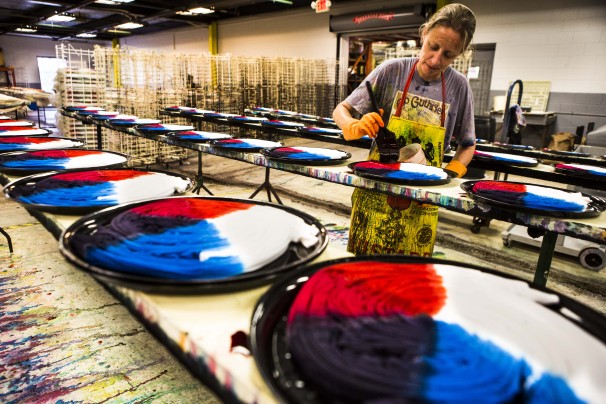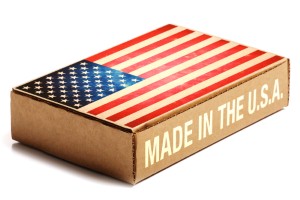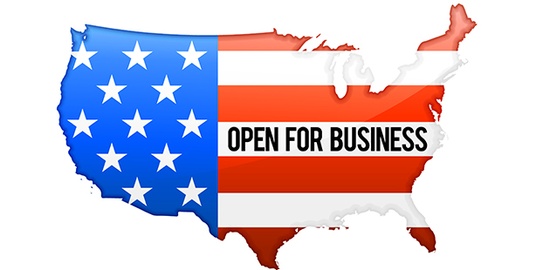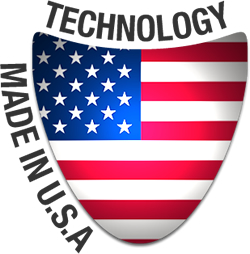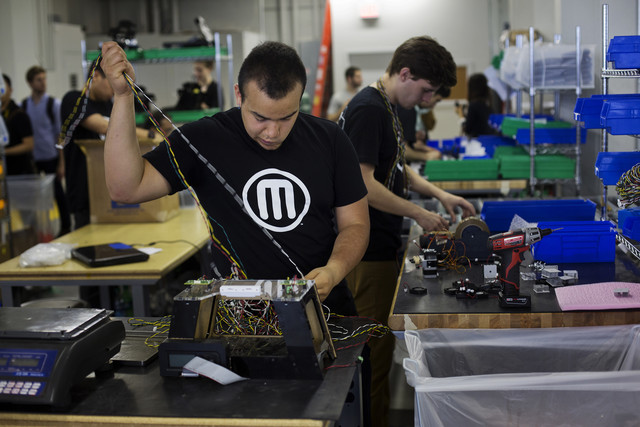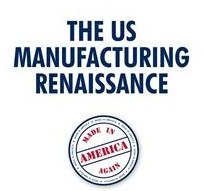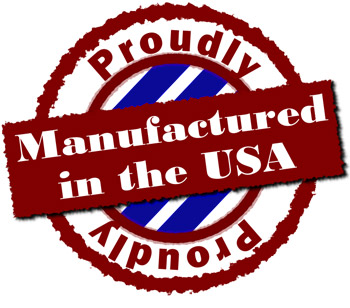SAVAR, Bangladesh — On the worst days, the toxic stench wafting through the Genda Government Primary School is almost suffocating. Teachers struggle to concentrate, as if they were choking on air. Students often become lightheaded and dizzy. A few boys fainted in late April. Another retched in class.
“Sometimes it is red,” said Tamanna Afrous, the school’s English teacher. “Or gray. Sometimes it is blue. It depends on the colors they are using in the factories.”
Nearly three months ago, the Rana Plaza factory building collapsed, killing more than 1,100 people, in a disaster that exposed the risks in the low-cost formula that has made Bangladesh the world’s second-leading clothing exporter, after China, and a favorite of companies like Walmart, J. C. Penney and H & M. That formula depends on paying the lowest wages in the world and, at some factories, spending a minimum on work conditions and safety.
But it also often means ignoring costly environmental regulations. Bangladesh’s garment and textile industries have contributed heavily to what experts describe as a water pollution disaster, especially in the large industrial areas of Dhaka, the capital. Many rice paddies are now inundated with toxic wastewater. Fish stocks are dying. And many smaller waterways are being filled with sand and garbage, as developers sell off plots for factories or housing.
Environmental damage usually trails rapid industrialization in developing countries. But Bangladesh is already one of the world’s most environmentally fragile places, densely populated yet braided by river systems, with a labyrinth of low-lying wetlands leading to the Bay of Bengal. Even as pollution threatens agriculture and public health, Bangladesh is acutely vulnerable to climate change, as rising sea levels and changing weather patterns could displace millions of people and sharply reduce crop yields.
Here in Savar, an industrial suburb of Dhaka and the site of the collapsed Rana Plaza building, some factories treat their wastewater, but many do not have treatment plants or chose not to operate them to save on utility costs. Many of Savar’s canals or wetlands are now effectively retention ponds of untreated industrial waste.
“Look, it’s not only in Savar,” said Mohammed Abdul Kader, who has been Savar’s mayor since his predecessor was suspended in the wake of the Rana Plaza disaster. “The whole country is suffering from pollution. In Savar, we have lots of coconut trees, but they don’t produce coconuts anymore. Industrial pollution is damaging our fish stocks, our fruit produce, our vegetables.”
Bangladesh has laws to protect the environment, a national environment ministry and new special courts for environmental cases. Yet pollution is rising, not falling, experts say, largely because of the political and economic power of industry.
Tanneries and pharmaceutical plants are part of the problem, but textile and garment factories, a mainstay of the economy and a crucial source of employment, have the most clout. When the environment ministry appointed a tough-minded official who levied fines against textile and dyeing factories, complaining owners eventually forced his transfer.
“Nobody in the country, at least at the government level, is thinking about sustainable development,” said Rizwana Hasan, a prominent environmental lawyer. “All of the natural resources have been severely degraded and depleted.”
Less than two miles from the site of Rana Plaza, the Genda primary school has a student body made up mostly of the children of garment workers. Golam Rabbi, 11, who is the top-ranked student in the third grade there, lives with his mother and two younger brothers in a single room. The boys use price tags collected from factory floors as makeshift playing cards.
“The school always smells,” Golam said. “Sometimes we can’t even eat there. It is making some kids sick. Sometimes my head spins. It is hard to concentrate.”
His family is still struggling to recover from the Rana Plaza collapse. His father, a security guard, was killed in the disaster, and his mother is trying to support her sons and keep the two oldest in school. The father had left school for work — as had the mother — and both parents believed education could provide their sons a better life.
“His main goal was to get his children educated,” Golam’s mother, Hasina Begum, said of her husband.
But the pollution has made it hard. Golam has fainted from the smell. “He has told me several times that he doesn’t want to study at the school,” his mother said. “When it is very hot, and the breeze brings in the bad smell, he can’t breathe properly. I tried to reassure him, saying that people are holding rallies. I don’t know why the pollution is still continuing, why they can’t stop it.”
Factories surround the school: within 300 yards are two garment factories, two dyeing operations, a textile mill, a brick factory and a pharmaceutical plant. At least 10 dyeing plants can be found in a slightly larger radius. An underground drainage channel dumps wastewater through a pipe into the canal behind the school.
Mohammed Abdul Ali, the school’s headmaster, said he had approached local factory owners, as well as Savar officials, trying to get the drainage pipe moved. Mothers of children at the school, including Golam’s mother, have held awareness workshops and rallies. Local environmentalists have also campaigned.
“We’ve never seen the owners take our appeals seriously,” Mr. Ali said. “Everything is going on as usual. They have a good relationship with the politicians. That is why they don’t care.”
On a recent rainy afternoon, the smell was overpowering as the school’s fifth graders gathered in a classroom. Asked how many had parents working in garment factories, 23 of the 34 students in the room raised their hands.
“Sometimes my head is spinning,” one student said of the smell. “Sometimes we feel like we need to vomit,” another said.
Barely 100 yards away, behind a battered metal gate, the Surma Garments factory was dyeing fabric in a shade of dark purple. Mahadi Hasan, a manager, offered a tour of the Effluent Treatment Plant, where wastewater is treated with chemicals in a series of concrete tubs. He called for a worker to bring beakers with “before” and “after” samples — only to be handed an “after” sample in which the water was light purple.
Asked about pollution at the nearby school, Mr. Hasan said his wastewater flowed in the opposite direction, though that would mean it flowed uphill. “There are some other factories around here,” he said. “The water might be from them.”
In February, environmental regulators fined Surma Garments and four other factories for illegally dumping pollution. Two years earlier, another factory near the school, Anlima Yarn Dyeing, was fined for dumping untreated waste, even though it had a functioning effluent treatment plant. Local news accounts said that Anlima Yarn had been operating withou
t a
n environmental clearance certificate for 23 years.
The inspections were part of a highly publicized antipollution enforcement campaign led by Munir Chowdhury, a senior official in the environment ministry. Mr. Chowdhury raided factories, often at night, finding that many were saving money by dumping waste without treating it. He imposed repeated fines until he was transferred this year to run the state dairy operation.
Mr. Kader, the acting mayor of Savar, said there was only so much a single official could do. “You should understand the reality in Bangladesh,” he said. “These people who are setting up industries and factories here are much more powerful than me. When a government minister calls me and tells me to give permission to someone to set up a factory in Savar, I can’t refuse.”
For global brands that buy clothing from Bangladeshi factories, pollution rarely gets the same attention as workplace conditions or fire safety. H &M has sponsored some environmental programs, but Bangladeshi environmentalists say global buyers have done far too little.
“The buyers totally understand the conditions of Bangladesh and they take advantage of it,” said Ms. Hasan, the environmental lawyer.

